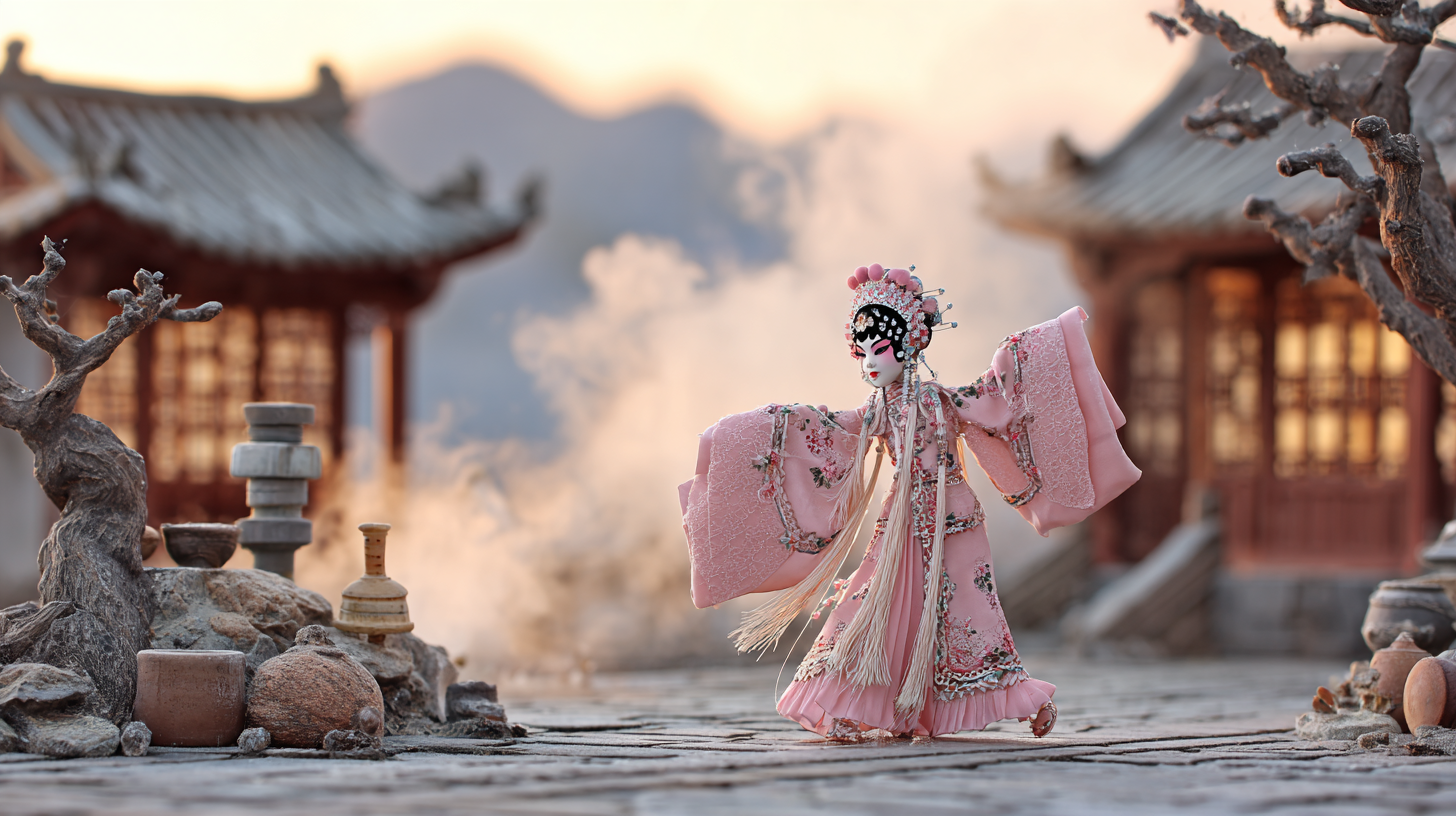《梦里相逢》|梨园戏 · 福厦高铁 · 泉州
这篇文章以“节奏文明观”为线索,探索三种看似迥异却内在共鸣的文化结构:梨园戏的“十八步科母”、高铁动车的“车头塑形程式”与AI教育中的“身体感知教学法”。梨园戏以一整套步伐、身段、手势与呼吸的结构谱出身体写就的戏剧语言;动车车头以毫米为单位的工艺弧线回应速度、风阻与视觉美学的三重需求;而教学现场,则在寻找一种新的节奏方法,使知识传递能触及呼吸与共情。三者皆不是“起点”的象征,而是文明节奏系统中可感、可续、可传的“结构之美”。从戏台到车头,从课堂到身法——节奏不止于动静之间,它是一种通往文化深处的方式,也是一种我们今日仍在书写的文明共鸣。Guided by the lens of “Rhythm Civilization,” this essay explores three cultural structures that appear distinct yet resonate within: the Liyuanxi opera’s “Eighteen Mother Steps,” the aerodynamic “nose-cone shaping grammar” of China’s EMU trains, and an AI-era pedagogy of “embodied sensing.” Liyuanxi composes a theater of the body—an integrated score of steps, stances, gestures, and breath that writes drama in movement. The train’s headform, engineered to the millimeter, answers the triad of speed, drag, and visual aesthetics with a precise craft arc. And in the classroom, we search for a new rhythmic method by which knowledge transfer can reach breath and empathy. None of the three stands merely as a “beginning”; each embodies a beautiful structure within a civilizational rhythm system—perceptible, sustainable, and transmissible. From stage to nose-cone, from classroom to body method, rhythm does not end with motion and stillness. It is a path into the depths of culture—and a resonance of civilization we continue to write today.

